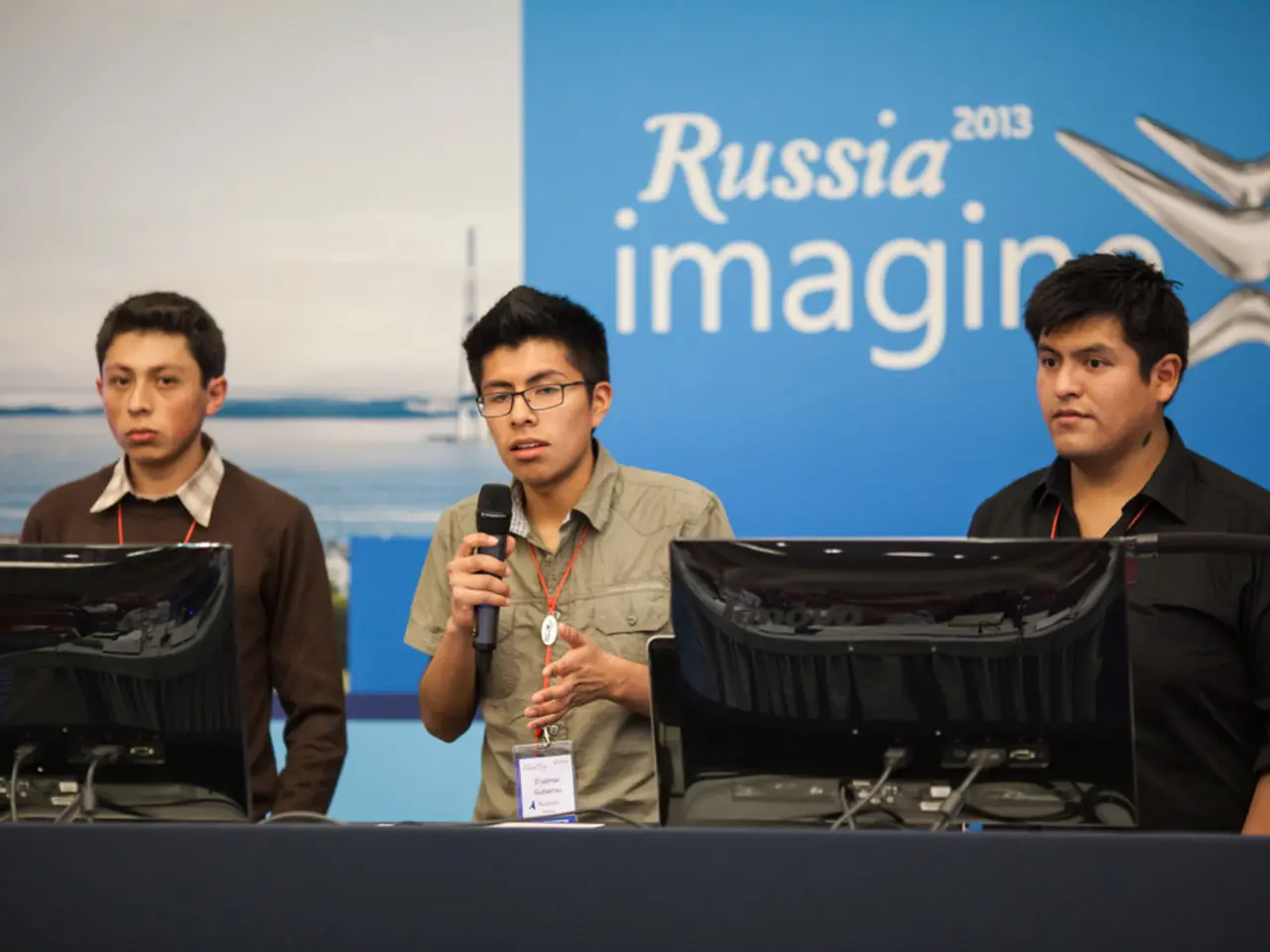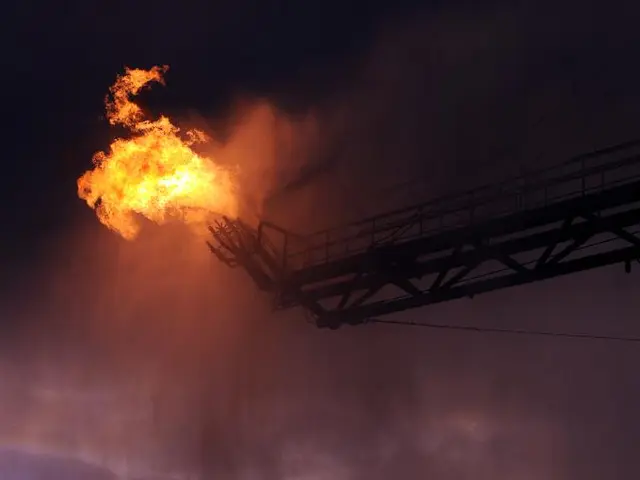Surveillance in Rural Communities
In the world of espionage and intelligence, the National Resettlement Operations Center (NROC) remains an enigma, shrouded in secrecy. Despite numerous searches and investigations, there is little concrete evidence to suggest that NROC is an official CIA-related entity responsible for the resettlement of foreign agents.
However, historical context provides some insight into similar operations. Post World War II, clandestine resettlement operations, such as the ratlines, were used to help Nazis and fascists flee Europe. These operations were informal and clandestine rather than formal government resettlement programs directly linked to U.S. intelligence agencies like the CIA.
The FBI and other U.S. intelligence bodies have been involved in surveillance and operations related to immigrant and detainee populations during wartime and the Cold War. However, these activities were primarily domestic counterintelligence rather than foreign agent resettlement.
The CIA's involvement in resettling foreign agents is often covert and not publicly documented via an organization named NROC. One such operative, Alexander Zaporozhsky, a former KGB officer, was arrested and sentenced to 18 years of hard labor in Russia after returning to visit his friends in 2003. However, the U.S. government viewed him as a hero for his contributions to the intelligence community, and they managed to secure his release in a prisoner exchange nine years into his sentence.
Defectors, like Zaporozhsky, often lead secretive and isolated lives, avoiding contact with old friends, family, or venturing across their former homeland's border. The CIA faces a significant challenge in protecting these individuals who have provided valuable intelligence to the United States. The NROC, if it exists, would likely provide financial assistance, housing, language lessons, culture assimilation training, and monitoring against vengeful former governments for its clients.
The demographics of defectors have changed due to the shift in intelligence focus towards the War on Terror and groups like ISIS, Al Qaeda, and the Taliban. In the novel "Welcome to Cottonmouth" by Jay S. Bell, the resettlement of a significant number of valuable intelligence assets in a small, remote community in the United States is explored. The story serves as a metaphor for the challenges and risks faced by defectors, with the Brave Rooster symbolizing a defector who returns to their home country despite the risks.
Fear of reprisal remains a common factor among defectors, regardless of their origin. Another example is Sergei Skripal, a KGB colonel caught spying for Britain, who was released in the same exchange as Zaporozhsky. Skripal and his daughter were poisoned with the Russian-developed nerve agent, Novichok, eight years after his release, and Russia continues to deny any involvement.
In conclusion, the National Resettlement Operations Center (NROC) is a mysterious entity in the world of intelligence. While historical parallels exist in clandestine resettlement operations, there is no direct evidence to suggest that an entity called NROC existed or was officially involved in resettling foreign agents recruited by the CIA. The history and role of NROC in CIA foreign agent resettlement may be classified or part of operations not yet uncovered by public records.
Read also:
- Court petitions to reverse established decision on same-sex marriage legalization
- Commemoration of 200 Days of American Resurgence Unveiled
- Minister Bärbel Bas expresses doubts about her tenure as a minister following a recent interview during the summer.
- A Tale of Two RussiansGate Notable Figures: Focus on Mike Davis








